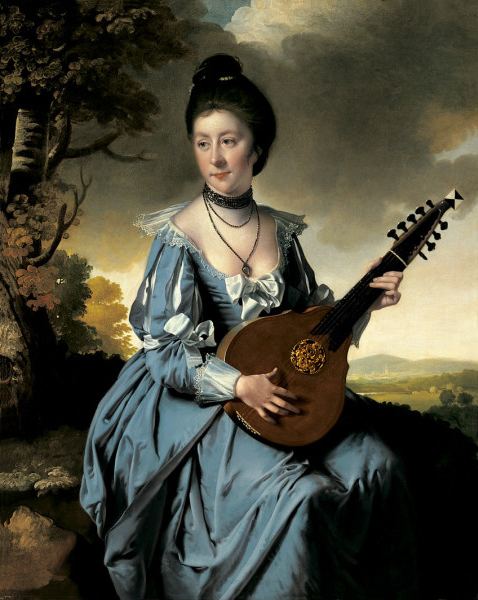 | ||
The English guitar or guittar, is a stringed instrument – a type of cittern, which was popular in many places in Europe from around 1750–1850. It is unknown when the identifier 'English' became connected to the instrument at the time of its introduction to Great Britain, and during its period of popularity it was apparently simply known as guitar or guittar. The instrument was also known in Norway as a guitarre and France as cistre or guitarre allemande (German guitar). There are many examples in Norwegian museums, like the Norsk Folkemuseum and British; including the Victoria and Albert Museum. The English guitar has a pear-shaped body, a flat base, and a short neck. The instrument is also related to the Portuguese guitar and the German waldzither.
Early examples had tuning pegs (similar to a violin or lute), but many museum examples have what are commonly referred to now as Preston tuners, an innovation that appears closely linked with the instrument.
Tuning
It usually had ten strings in a repetitive open C tuning, of which the highest eight are paired in four courses (duplicated strings),
C E GG cc ee gg.The English guitar may have influenced the development and tuning of the Russian guitar, which has seven strings tuned to open G in thirds (G'-B, B-D, g-b, and b-d') with two fourths (D'-G', and D-g):
D', G', B, D, g, b, d'.